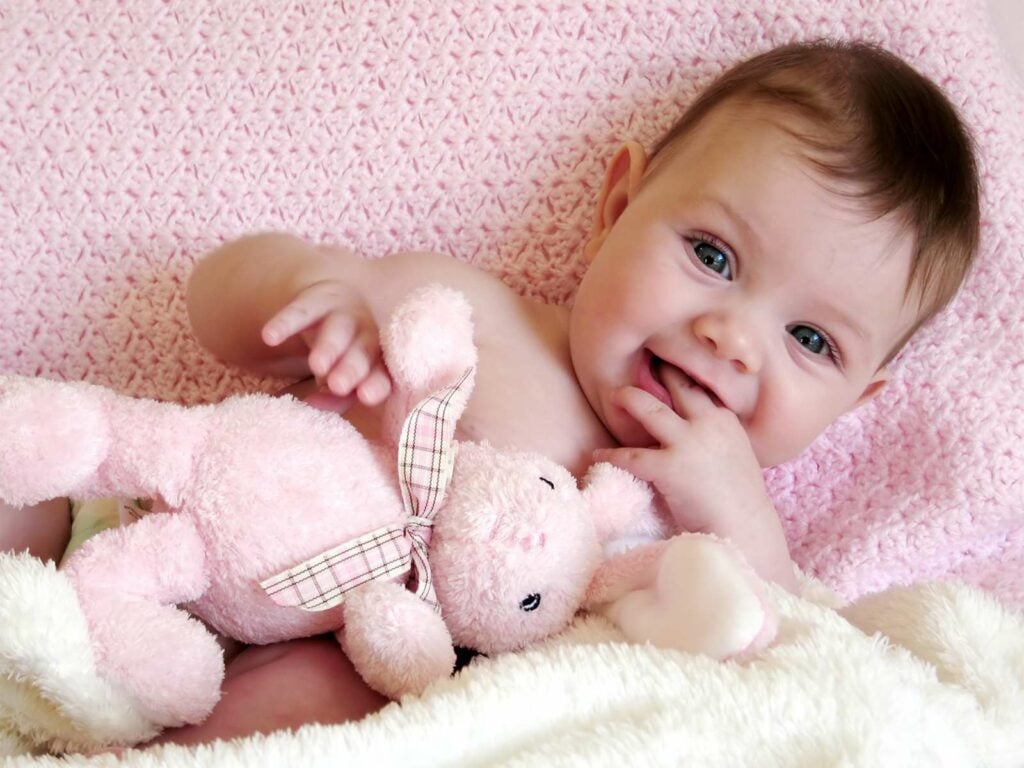For the longest time, we have associated the color pink with femininity. The color itself is said to represent tenderness and kindness but did you know that it was not always a girly color? When did the color pink become a girly color?
Baby boomers of the 1940s were the first generation to be dressed in sex-specific apparel. Instead of children’s clothing, the boys and girls dressed like miniature men and women. Pink became the color for girls and blue for boys.
Was Pink Traditionally a Girly Color?
In the United States, newborn babies are usually dressed in pink or blue clothes to indicate their gender. But has this been a long-standing tradition? In retrospect, pastel hues for infant apparel, such as blue and pink, were first introduced in the mid-nineteenth century, but they didn’t become gender-specific until later on during the twentieth century. Many factors influenced the final categorization of pink for girls.
Before the popularity of gender-specific colors for babies, most parents clothed their children in white dresses until they were about six years old. According to historian Jo B. Paoletti, this was practical since white cotton was much easier to clean, and dresses allow easy diaper changing. Eventually, pastel colors became fashionable. However, these colors were not gender-specific: both boys and girls wore a variety of pastels, which included blue and pink.
Retailers then began recommending sex-appropriate colors at the turn of the century. Earnshaw’s Infants’ Department claimed in 1918 that the commonly acknowledged norm is pink for the boys, and blue for the girls. Pink, a more determined and stronger color, is more appropriate for the male, whereas blue, which is more delicate and dainty, is more appropriate for the girl.
A 1927 edition of Time also reported that large-scale department stores in Boston, Chicago, and New York recommended pink for boys. This pink-for-boys tendency was not as widespread as our present color-sex classification.
The baby boomers of the 1940s were the first generation of Americans to be dressed in gender-specific apparel. Instead of children’s clothing, the boys and girls dressed like little men and women. Then, pink became the color for females while blue became the color for males.
The women’s liberation movement slowed this tendency in children’s attire in the mid-1960s and 1970s. Many parents began adopting neutral colors and patterns because they believed dressing young girls in feminine or stereotypically girly apparel would limit their prospects for success. On the other hand, gender-specific children’s clothing had resurfaced in popularity by the 1980s. Paoletti attributes the craze to the development of prenatal testing, which allowed parents to know their baby’s gender before the infant was born. In addition, advances in clothing-washing technology allowed for the cleaning and bleaching of colored garments without causing color degradation. (Source: Britannica)
Other Examples of Feminine Colors
Colors that appeal to women are frequently described as sweet, lovely, beautiful, and romantic. Although these words can be used to describe many colors, peach, pink, coral, and rose have feminine influences with varying shades and blush tones.
Pastels are popular in feminine settings because they add understated color and often serve as a backdrop for other feminine touches, such as lavender, peach, and pale green floral accessories. (Source: Home Guides)
